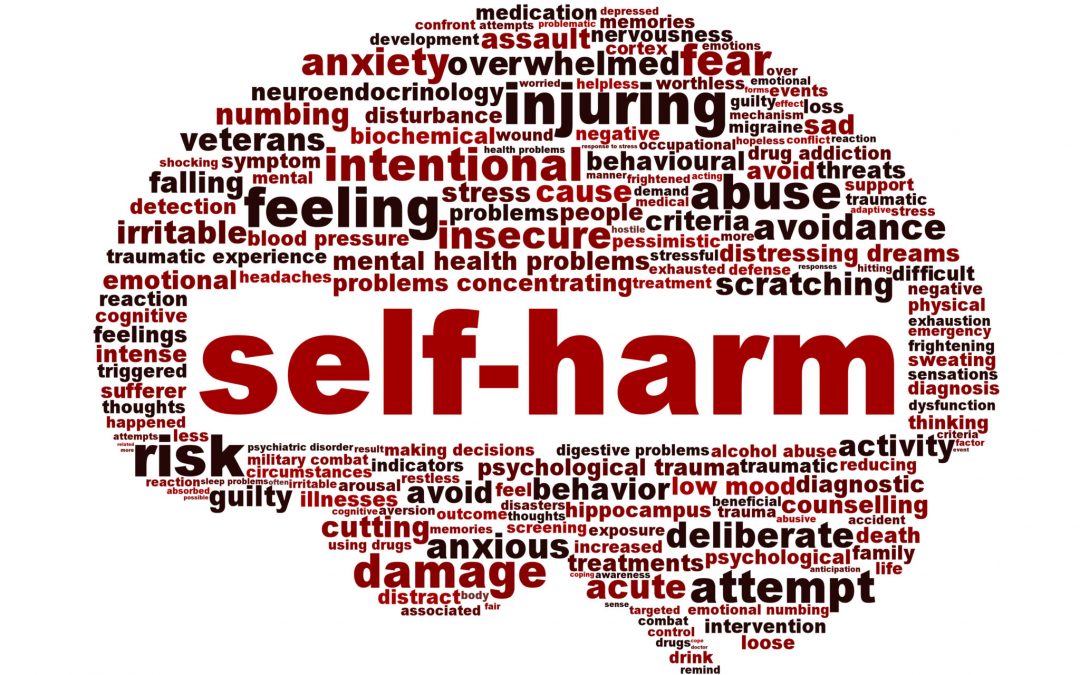If Only We Had Known: A Family Guide to BPD
Why would anyone ever do that? That’s the typical reaction many people – especially parents of teenagers – have when they discover that their child engages in self-harming behavior such as cutting, burning or other violent act toward their body.
Self-harming behaviors, once rare and often hidden from sight, have become a growing phenomenon among teenagers and young adults. How common is self-injury? According to the Cornell University Research Program on Self-Injury and Recovery, studies find 12% to 24% of teens and young adolescents have self-injured.
And you’d likely be quite surprised to learn what they’re trying to accomplish by intentionally inflicting pain upon themselves. Young people most often resort to self-harm to relieve an intense emotional pain they’re experiencing.
Granted, anyone could reasonably argue that adding pain to pain would only serve to make matters worse. Turns out it’s quite the opposite. Despite the self-destructive nature of this behavior, there is actually a rationale behind it: It helps to regulate their out-of-control emotions.
Marsha Linehan, PhD, the developer of Dialectical Behavior Therapy, explains:
“When you can’t regulate emotions you engage in behaviors that function to regulate your emotions. If you don’t have skillful behaviors to regulate your emotions, particularly when your emotions are extreme and extraordinarily painful, you engage in dysfunctional behaviors. And it turns out that… intentional self-injury is extraordinarily effective at regulating emotions.”
So while self-harming teens may find some emotional relief by physically hurting themselves, this is a nightmare scenario for any parents who discover their child is intentionally damaging his or her body.
So what can a parent do? Clearly the first thing is to find appropriate help from a trained professional who is familiar with this phenomenon and can intervene in a patient-centered manner. Generally being supportive at home and getting educated on the topic are good strategies for parents. Cornell University’s Research Program on Self-Injury and Recovery is a good place to start.
In addition to learning what to do, there are a number of things a parents should avoid doing, even if they seem counter-intuitive.
Dr Pooky Knightsmith, PhD. is a child and adolescent mental health professional in London, England. She specializes in developing practical strategies for supporting self-harm and eating disorders in the household, school and other non-clinical settings. This article she wrote offers helpful guidelines for adults when engaging an adolescent about self harming behaviors.



